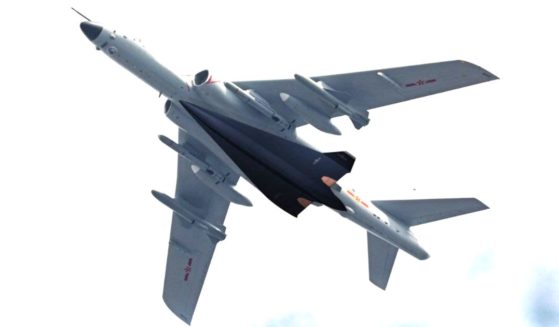Investigators Find No Evidence of Engine Failure in Kobe Bryant Helicopter Crash
An initial National Transportation Safety Board report has ruled out equipment failure as the cause of the crash that killed NBA legend Kobe Bryant, his daughter and seven other people.
“Viewable sections of the engines showed no evidence of an uncontained or catastrophic internal failure,” the report stated.
“Our investigators have already developed a substantial amount of evidence about the circumstances of this tragic crash,” NTSB Chairman Robert L. Sumwalt said in a statement on the NTSB website.
“And we are confident that we will be able to determine its cause as well as any factors that contributed to it so we can make safety recommendations to prevent accidents like this from occurring again.”
The report said that, based on flight tracking data, the helicopter had climbed to 2,300 feet and was starting to make a left turn when it began to suddenly and drastically change course.
“Eight seconds later, the aircraft began descending and the left turn continued. The descent rate increased to over 4,000 feet per minute (fpm), ground speed reached 160 knots,” the report said.
The report focused on weather conditions, which have been cited as a possible reason that the helicopter crashed.
The report said a nearby weather station reported “a calm wind, visibility of 2.5 statute miles in haze and an overcast ceiling of 1,100 feet above ground level.”
It further stated that an automated camera recorded cloud cover with the top of the clouds estimated at 2,400 feet above sea level.
“Videos and photos taken by the public in the area of the accident also depict fog and low clouds obscuring the hilltops,” the report added.
The report said the main wreckage was 127 feet from the impact crater. The NTSB also shared a video of the field work that took place after the crash.
“The entire fuselage/cabin and both engines were subjected to a postcrash fire,” the report said. “The cockpit was highly fragmented. The instrument panel was destroyed and most instruments were displaced from their panel mounts. Flight controls were fragmented and fire damaged.”
The helicopter’s rotor was still turning as the aircraft crashed, the report said.
“One piece of 2-inch diameter tree branch was cut cleanly in 3 locations (similar to saw cuts) about 30 feet prior to the initial impact crater,” the report said.
The report said there were no problems with the aircraft’s condition.
“There were no outstanding airworthiness directives or minimum equipment list items, and all inspections were up to date,” it said.
The report said that the only issue with the pilot was that a 2019 medical examination found he needed glasses for near vision.
Truth and Accuracy
We are committed to truth and accuracy in all of our journalism. Read our editorial standards.












